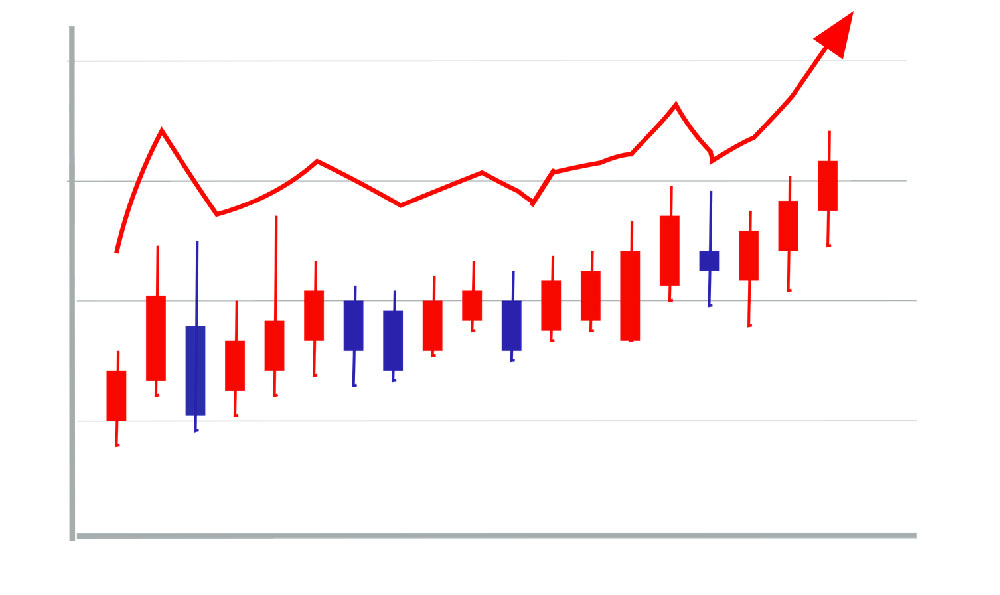Cannabis investing presents a potentially lucrative, albeit complex and rapidly evolving landscape. Understanding the industry's nuances and inherent risks is paramount before allocating any capital. It's crucial to approach this sector with the same due diligence and strategic thinking applied to any other investment.
The initial step is thoroughly researching the cannabis market. This involves familiarizing yourself with the different segments within the industry. Cultivation, processing, distribution, retail, and ancillary services each operate under distinct regulatory frameworks and face unique challenges. Cultivation, for example, is heavily regulated and capital-intensive, while retail faces intense competition in saturated markets. Ancillary services, such as packaging, software, and testing labs, may offer a more diversified approach, providing support to the entire industry without being directly tied to the fluctuating price of cannabis itself.
Beyond segmenting the market, understanding the regulatory landscape is critical. Cannabis laws vary significantly from country to country, state to state, and even city to city. These regulations can drastically impact the profitability and viability of cannabis businesses. Stay updated on legislative changes, track pending bills, and understand the potential implications of both positive and negative regulatory shifts. This includes understanding licensing requirements, tax regulations, and limitations on advertising and distribution. A company's ability to navigate this complex regulatory environment is a key indicator of its long-term success.

Once you have a grasp of the market and regulatory landscape, it's time to explore specific investment options. These broadly fall into several categories: direct investment in cannabis companies, cannabis-related ETFs (Exchange Traded Funds), and cannabis REITs (Real Estate Investment Trusts).
Direct investment involves purchasing stock in publicly traded cannabis companies. This requires in-depth analysis of individual businesses, their financial performance, management teams, and competitive positioning. Look for companies with strong fundamentals, a clear path to profitability, and a demonstrated ability to execute their business plans. Consider factors such as brand recognition, market share, and the efficiency of their operations. Be wary of companies with excessive debt, unsustainable growth rates, or a lack of transparency. Deeply researching financial statements, press releases, and industry reports is crucial for making informed investment decisions. Furthermore, it's essential to understand the company's capital structure and potential for future dilution.
Cannabis ETFs offer a more diversified approach, allowing you to invest in a basket of cannabis-related companies with a single purchase. This reduces the risk associated with investing in a single company but also limits the potential for outsized returns. When selecting a cannabis ETF, consider its expense ratio, the composition of its holdings, and its tracking error. Understand the ETF's investment strategy and ensure it aligns with your risk tolerance and investment goals. Some ETFs may focus on specific segments of the cannabis industry, such as pharmaceutical applications or ancillary services.
Cannabis REITs own and manage properties leased to cannabis companies. This provides exposure to the industry without directly investing in the cultivation or sale of cannabis. REITs can offer attractive dividend yields and potential for capital appreciation, but they are also subject to the risks associated with the real estate market, such as interest rate fluctuations and changes in property values. Carefully evaluate the REIT's portfolio, its lease agreements, and its management team before investing.
Before committing any capital, define your investment goals and risk tolerance. Cannabis investing is inherently volatile and carries a higher degree of risk than traditional investments. Determine the amount of capital you are willing to risk and set realistic expectations for potential returns. Diversify your portfolio across different asset classes to mitigate risk. Don't put all your eggs in one basket, especially in a volatile sector like cannabis. Consider allocating a small percentage of your overall portfolio to cannabis investments and gradually increasing your exposure as you gain more experience and confidence.
Avoid common investment pitfalls, such as chasing "hot stocks" or relying on unsubstantiated rumors. Be skeptical of overly optimistic projections and promises of quick riches. Conduct your own independent research and consult with a qualified financial advisor before making any investment decisions. Be aware of pump-and-dump schemes, which involve artificially inflating the price of a stock through misleading information and then selling shares at a profit, leaving unsuspecting investors with losses.
Finally, remember that investing in the cannabis industry is a long-term game. The market is still in its early stages of development, and there will be periods of both growth and consolidation. Be patient, stay informed, and be prepared to weather the inevitable ups and downs. Regularly review your portfolio and adjust your strategy as needed based on market conditions and your evolving investment goals. By following these guidelines and approaching cannabis investing with a disciplined and informed approach, you can increase your chances of success and achieve your financial goals.












